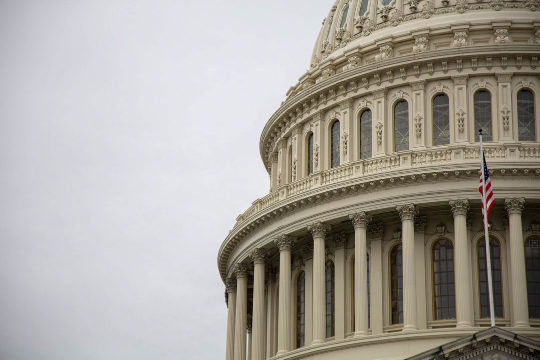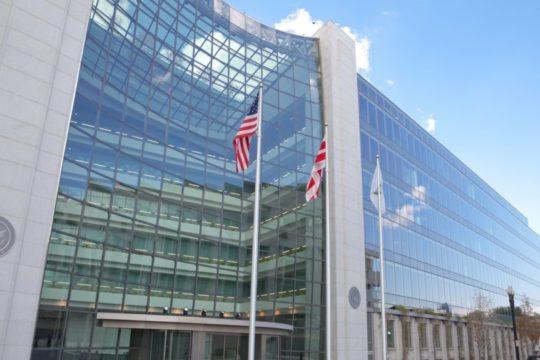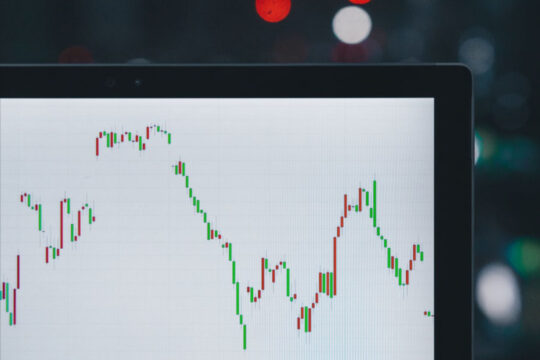According to a survey about climate risk perceptions, “institutional investors believe climate risks have financial implications for their portfolio firms and that these risks, particularly regulatory risks, already have begun to materialize”. Investors who incorporate the risk of climate change, for example, into their investment decisions are more likely to find financial success for their beneficiaries.
Not considering ESG issues could be appropriate for investors with short-term time horizons. However, over time, ESG issues may become material.
Organizations that care about society’s best interests, and that implement good ESG practices, are more forward-thinking and positioned for success in the long term. For example, climate change creates both risks to some investments and opportunities to allocate capital toward innovations and solutions. Estimating the impact of climate change (and the likelihood of a future carbon price) is critical to making investment decisions. Firms and investors who incorporate these risks and opportunities into their decision-making process today are more likely to find financial success because they build the economy of the future, one that is sustainable and resilient.
To position portfolios for the long term, fiduciaries need to recognize society’s most pressing problems, such as climate change, discrimination, and fair wages, and recognize that these issues will affect the companies and economies they invest in – and therefore affect their financial return.
Conclusion
The Department acknowledges that “ESG factors can be pecuniary factors.” We would encourage the Department to recognize that with a multi-decade timeframe, ESG factors are likely to become pecuniary factors. As pecuniary factors, they not only merit consideration by ERISA fiduciaries but must be part of the investment process.



